Real to Unreal Lighting Masterclass
Registration are now closed
Please submit your email address to be notified when registrations open again later this year.
When you sign up, we'll be sending you weekly emails with additional free content.
When dealing with light in Unreal, it's pretty easy to get a bit overwhelmed and confused. There are lots of ways to achieve a similar result, and our knowledge or method usually falls short and leaves us unable to reach the vision we originally had hoped for in our heads.
I know how that feels.
So many times, I remember finding myself in front of other people’s renders or even paintings wondering how on earth they could achieve such beautiful light. Back in the days, in my own work, typically clients would ask me to make things look more “white” and to my bemusement, the colour picker in Photoshop would indicate the wall was white but it just looked dull and grey. Dreary is the actual word they used… Nice...
In Unreal, I often see people use the Default sky scene and although it’s a great place to start, it’s just not going to cut it for our final pieces.
Yes, we can just use light baking or use beautiful HDRIs but then we can’t move anything and it’s a bit like having a toy you’re not allowed to play with.
Or we have one-click solutions, like Twin Motion - and Lumion and don’t get me wrong these are fantastic tools and I’m not putting them down in any way - but I often get people coming to me wanting to go that step further, make that jump into Unreal, have full control.
So it’s for that reason that I teamed up with a real pro from the real world so that he could teach us how to light our scenes in the virtual world, in realtime, in Unreal.

Hi, I'm Fabrice,
I live in London, trained and practised as an architect and I have been a 3D visualiser since 1996. I have Worked with Google, Bentley Motors, Thomas Heatherwick, Zaha Hadid and more recently Epic Games. I teach Unreal Engine and lecture as a professor adjunct at schools of Architecture at Universities in Spain, Italy and the UK.
My goals to give you tools and inspiration so that beauty may prevail in an increasingly man-made world.
I've always pushed the boundaries of visual technology and I never cease to learn from the techniques of the past.
I believe the tools we use can help unlock the limits of our imagination and once that is done, who knows what we can create!
And I also believe that life should be fun and rewarding. And that is why I have chosen to work with Unreal Engine today, and I hope you do too!
Hi, I'm Pascal Montjovent
After studying science and then political science, I shot as a cinematographer - about twenty films a year (music videos, shorts, medium and feature-length films) - in Switzerland and abroad (New York, Morocco, France, Tunisia, Central African Republic, Russia, Brazil, Georgia, or Japan).
Very early on, I specialized in digital cinema (with the Viper Filmstream and then the earliest REDs), as well as in the lighting of films involving visual effects.
Today, I have more than 300 films to my credit, some of which have been awarded for photography - one of them by Kodak.
I have been blogging about lighting since 2003 and am currently preparing a practical manual on cinematographic lighting for the Eyrolles publishing house in Paris.
I directed the Best Newcomer Award at the Locarno Festival for ten years.
I also teach Film Lighting at ARFIS, a private Film School in Lyon, France.
For more information: blog.montjovent.com.
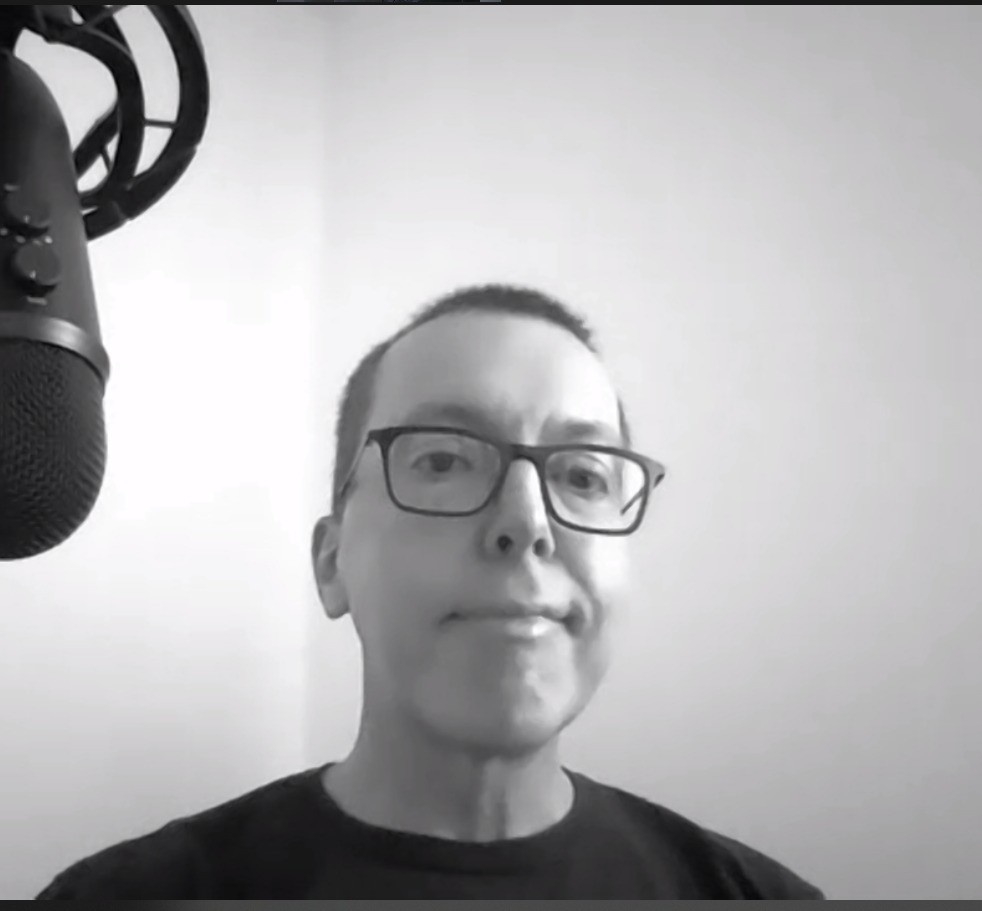
Presenting Real to Unreal:
How to become a "Shadow Master"
10 webinars on lighting in Unreal with Pascal and Fabrice
The idea behind this Series is for Pascal to teach us some of the ideas he teaches his university students and writes in his book about lighting and do so in Unreal.
I will be piloting the Engine and pulling out scenes from a variety of sources from Architecture, Interior and Exterior but also Sci-Fi, Graphics and so on.
We’ll be discussing essential technical points to try and achieve as close a result as to what Pascal will be envisioning, drawing from his experience in real-life lighting scenarios.
This will be 10 x LIVE 90 min sessions including Q&A, once a month running through 2021 (except August and December).
Below are the subjects we are going to cover and what they can do for you.
What will you learn?
1. What is natural light?
You will learn how to understand and recreate natural lighting from scratch, as we lay the groundwork to give you a solid base.
We will look at references and learn to experience the lights of your daily life in a new way.
We will focus on 2 ways we can achieve this using the kitchen scene above, one with Sun/Sky and one with Rect Lights.

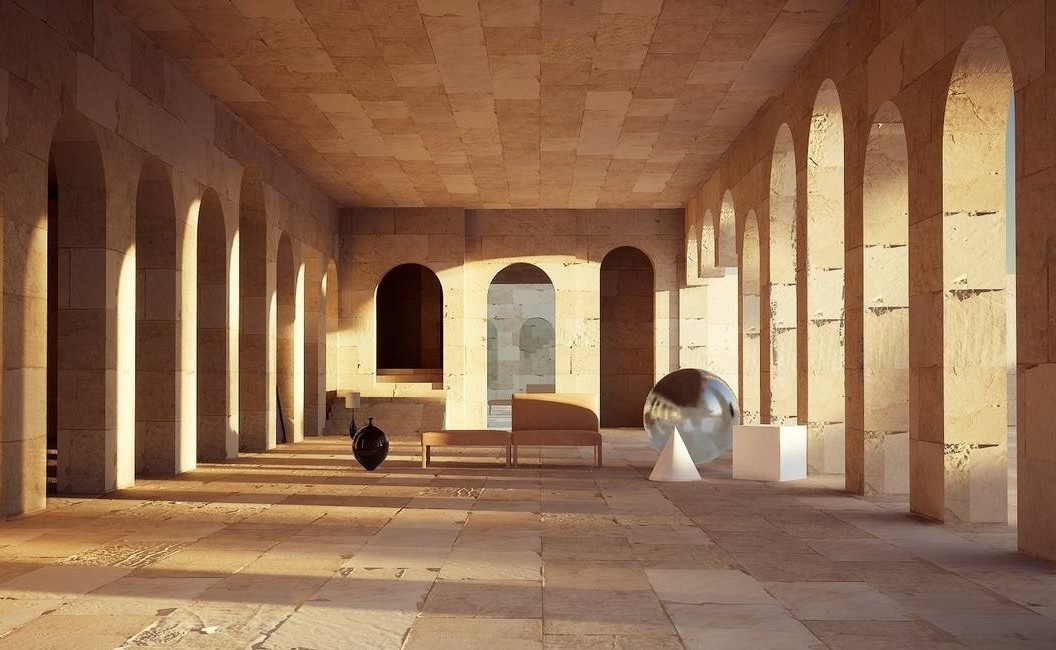
2. Position and direction
What if you had only one light? Where would you put it to enhance your scene? Having a strategy is of utmost importance, and we will give you pro tips to set your sun in the right place. Hint: it’s all about shadows.
Here the emphasis will be on the Direct Light 1 (i.e. the sun), how to use it and best to control its features.
3. How much light? And how many?
The relative amount of light, contrast, and exposure is what gives your images ground and balance. In this chapter, we will also address HDR and useful tips to adapt your lighting to the final user’s displays.
We will show you how we have the unfortunate tendency to use too many sources, in too many places, creating too many inconsistencies.
We’ll continue with creating an atmosphere with artificial lights.
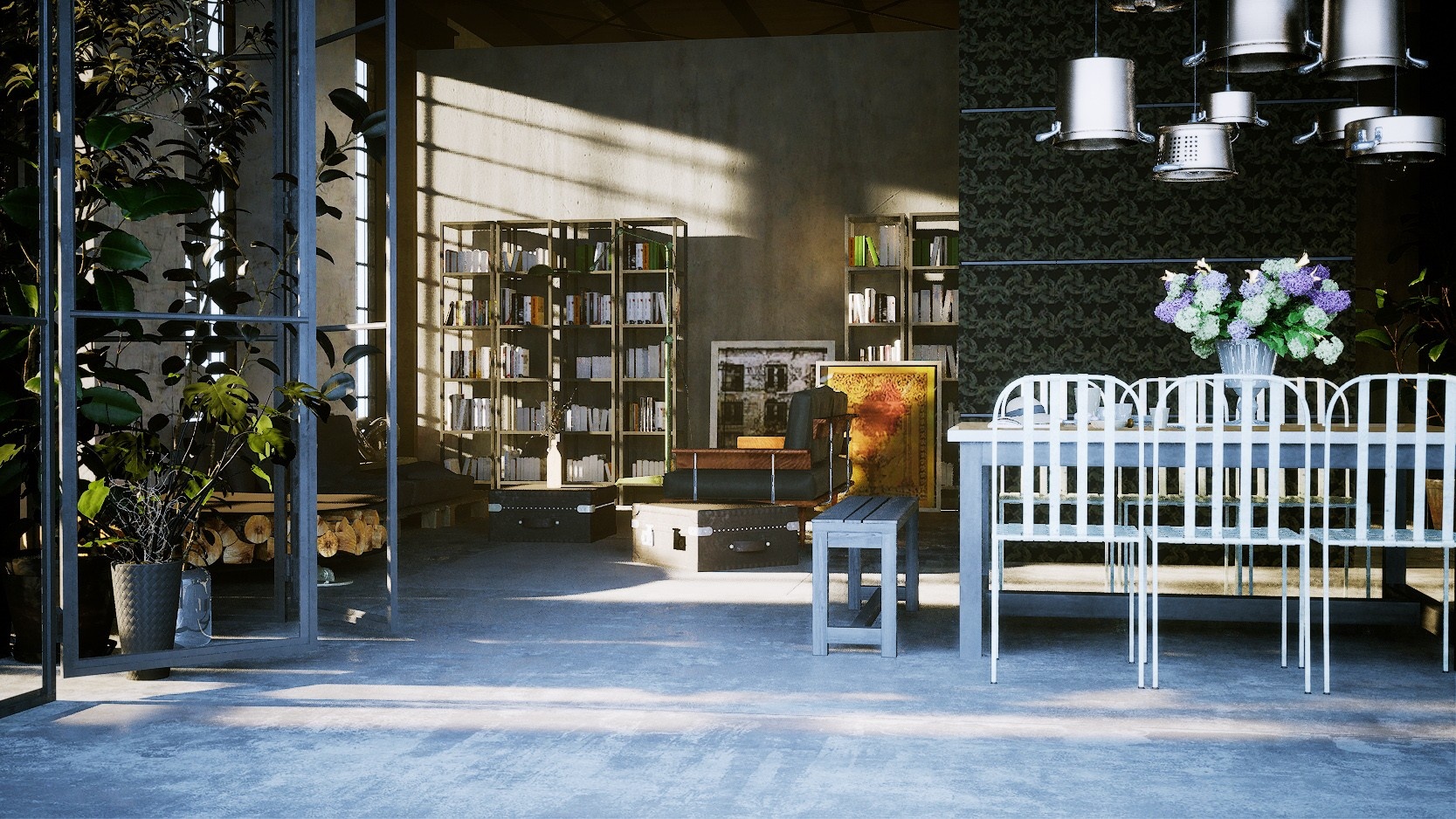
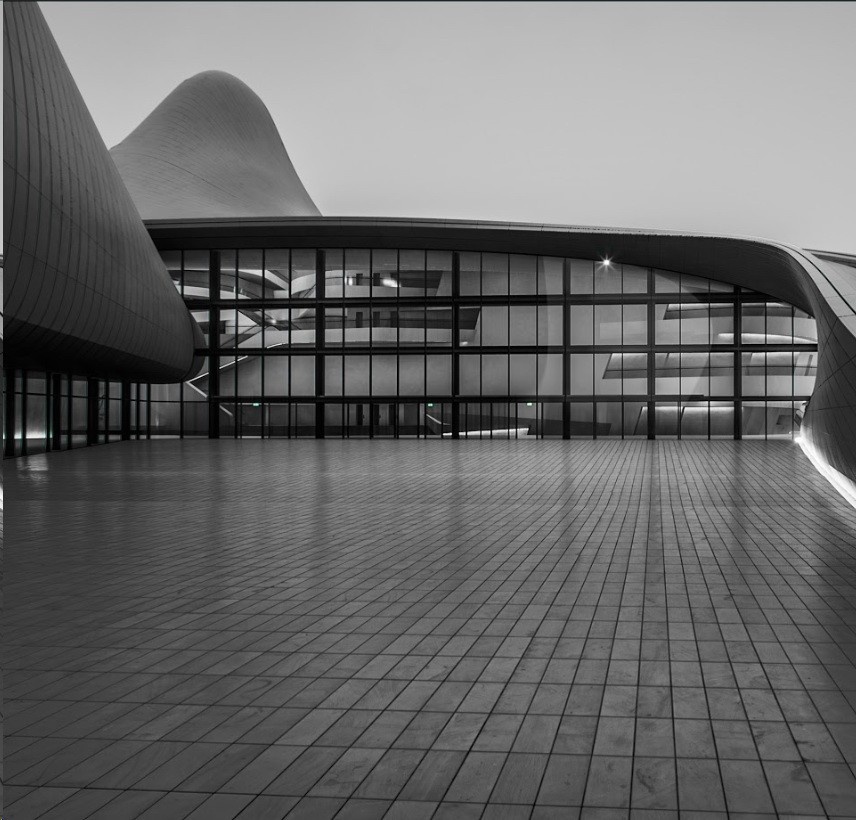
4. Colour and Post-Process
Mixing colours is pure artistry, but it obeys to very precise laws. On film sets, new high-end LED sources open up the world of colours like never before. Learn to use this vibrant palette to achieve subtle and professional results. Master colour balance.
And also, why bother with colour when it plays no part in your scene? Don’t forget about Black & White.
Unreal is a post-production powerhouse with interactive lighting and the Post-Process volume.
We’ll concentrate on the colour aspects like colour correction, LUTs, ACES Tone mapping, lens effects and other post effects.
5. Soft light? Hard light?
Sharp or blurry shadows? What makes a light soft? How to choose the right source depending on your scene and materials? How and when to mix hard and soft lights? And everything about diffused and bounced light.
We’ll use a complex scene with a soft light and a simple scene with a hard light to illustrate this point.
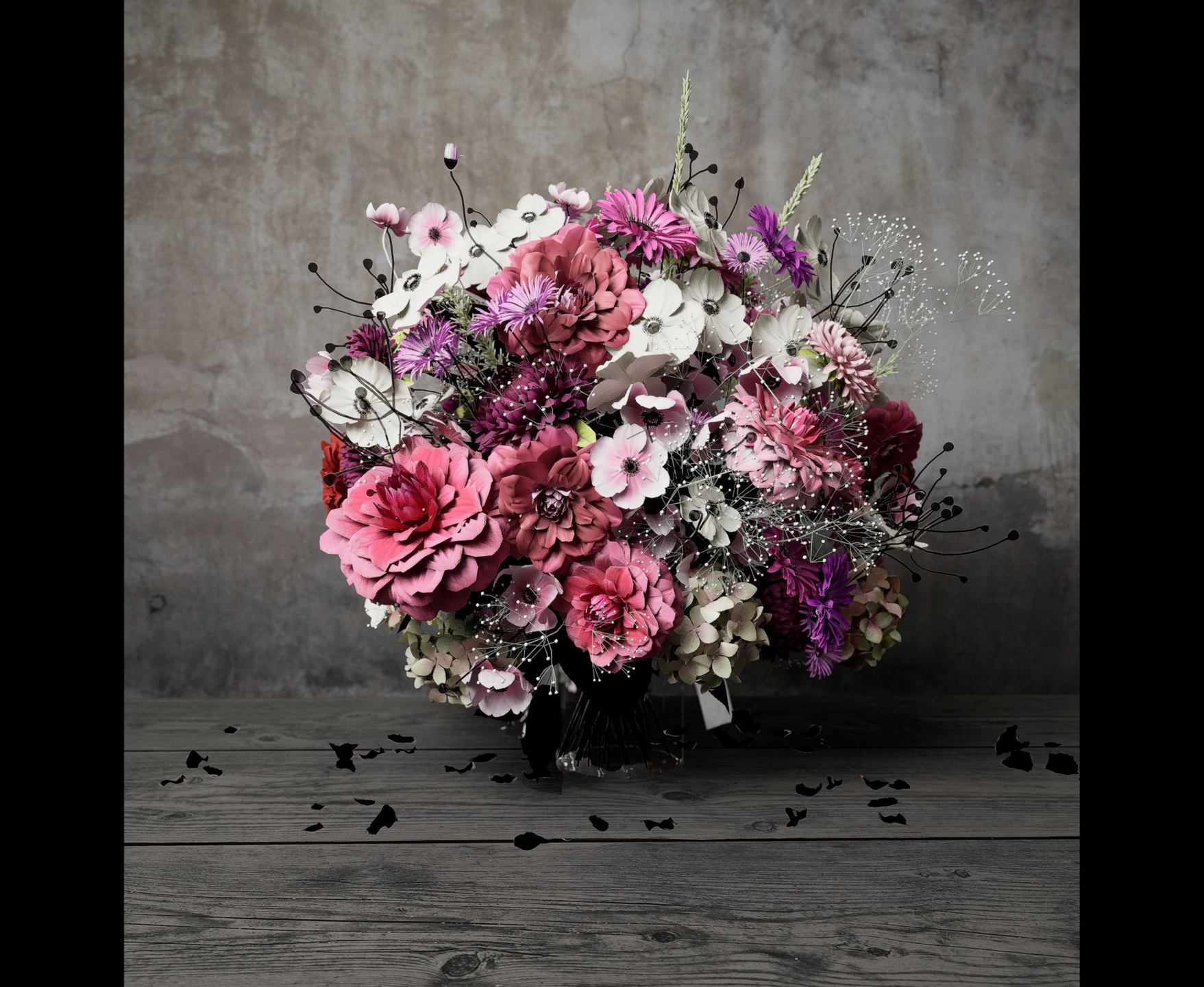
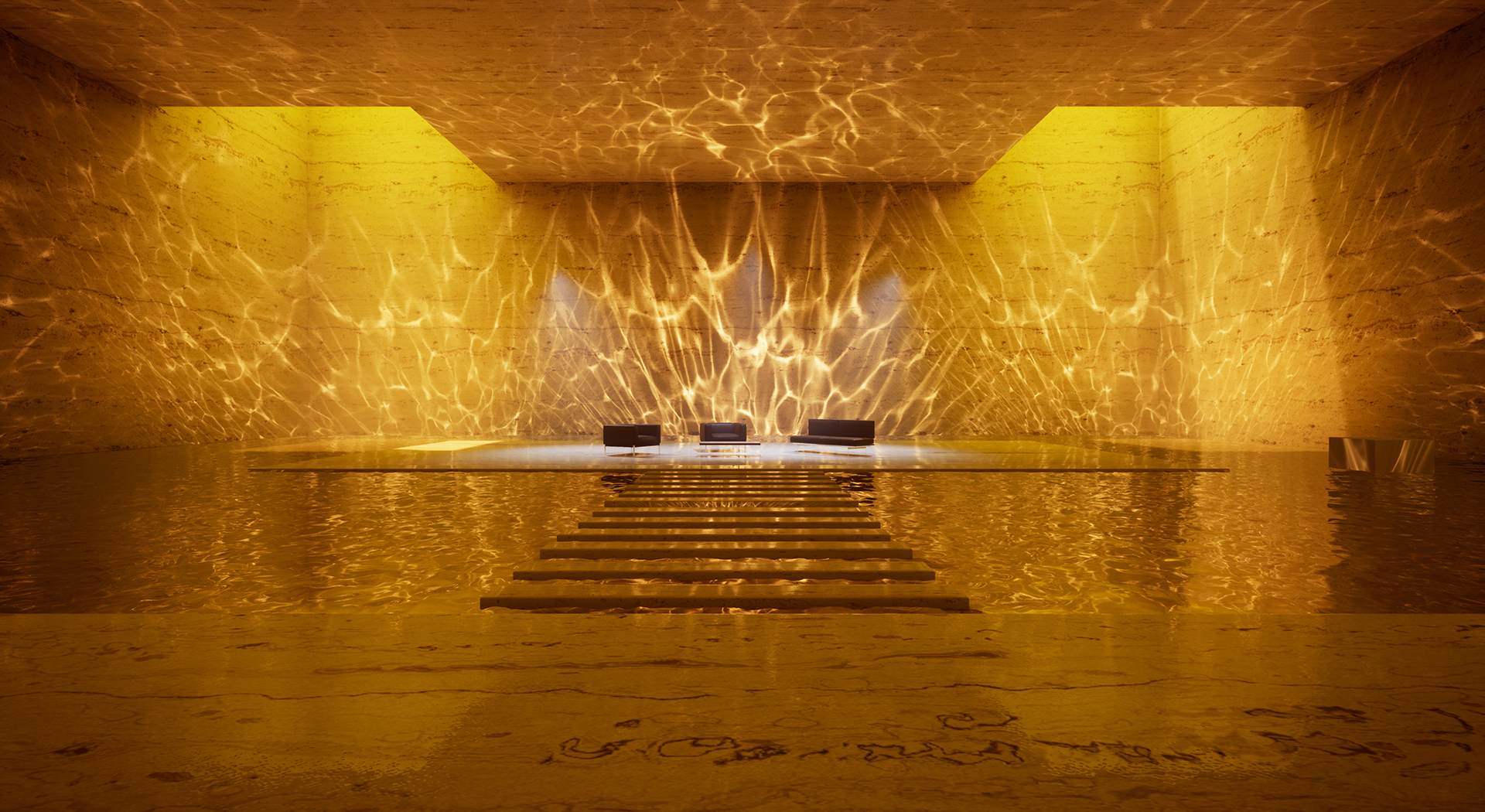
6. What is textured lighting ?
It’s light that can enhance (or flatten) your materials. Let’s call it Complexification of Flat Surfaces.
Textured light is all around us, all day long. It is simply a matter of paying attention to it and knowing how to implement it in your scenes.
We can start introducing shadows as drawing elements, but also using Light Functions as masks for lights, HDRI interior cubemaps to add life to interiors.
The position of light will also greatly enhance or reduce the way the materiality of the surface will appear.
7. Shadows
Shadows can tell stories, hide unnecessary stuff, suggest volumes, add mystery, reveal an offscreen world, underscore the lines of a building, put faces in a flattering way, and create negative space. Do you need more reasons to consider shadows a bit more seriously than before?
To light is to cast shadows.
Other artistic traditions like renaissance Fine Art charcoal drawing uses shadow patterns, shapes, soft and hard edges to form a vocabulary that artists have used for centuries. We’ll discuss this in realtime in Unreal.

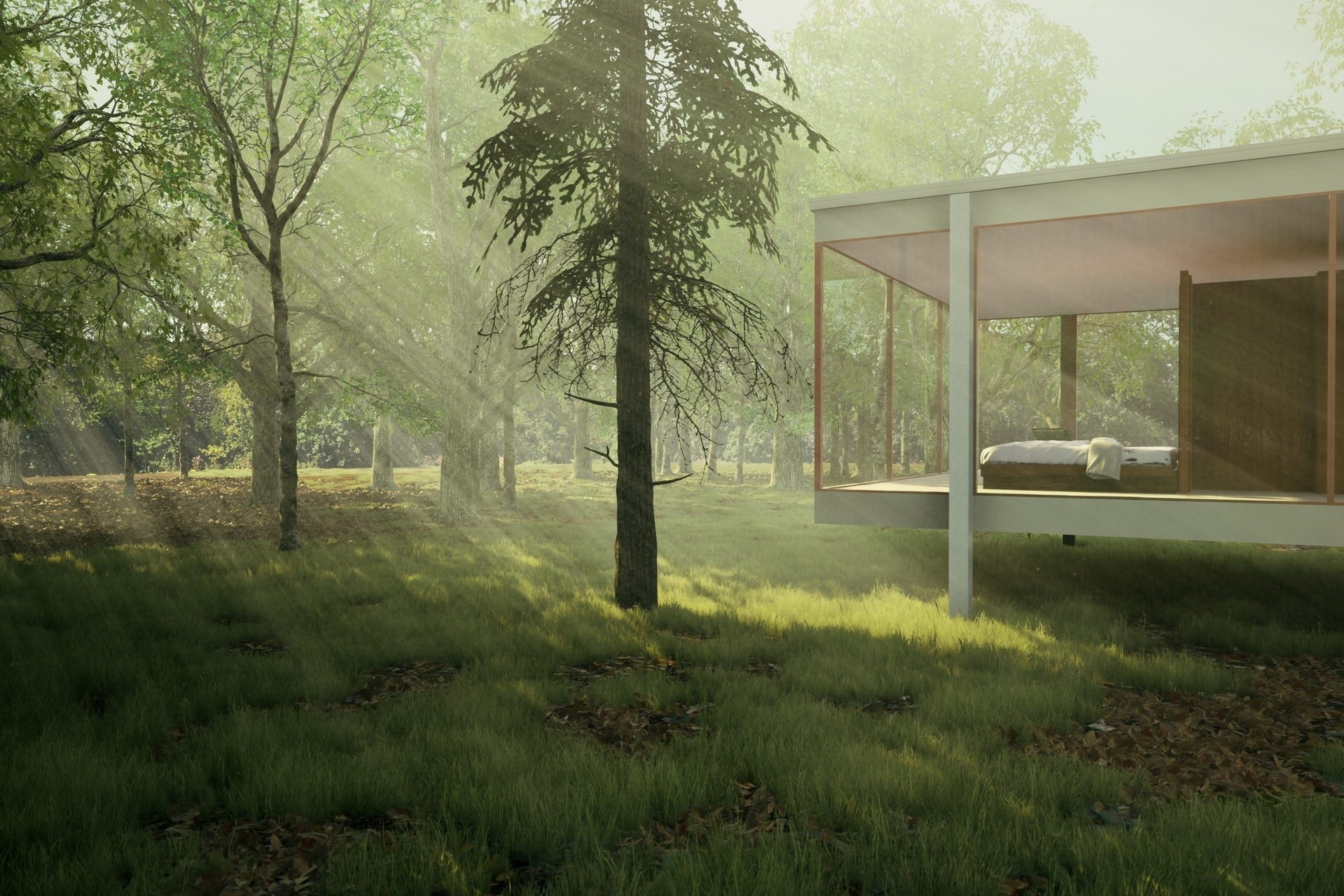
8. Sparkle of life
Realtime game technology allows us to add life in scenes which changes the way we would traditionally conceive a movie.
We can use movement, imperfection, more serendipity, explore and play to capture moments of lighting, that we would find striking in the real world, but would be otherwise difficult to recreate using traditional CG.
Perfection lacks life. It’s boring. We'll spill some magic and achieve more believability adding details, imperfections, happy accidents.
You'll learn to control, record and manage those moments that this medium allows us to discover more than ever before. This is what realtime is really about.
9. The time factor
We, humans, are able to tell time by looking at the Sun: natural light and Time are closely related.
But what happens when the Sun disappears? What is special about artificial light? How to use it properly? Did you consider mobile lighting, where your scene could be lit by moving sources? And what about time-lapses?
Composing with light over time becomes a true game-changer in Sequencer. We’ll look at how to animate lights with simple UI widgets and Blueprints.
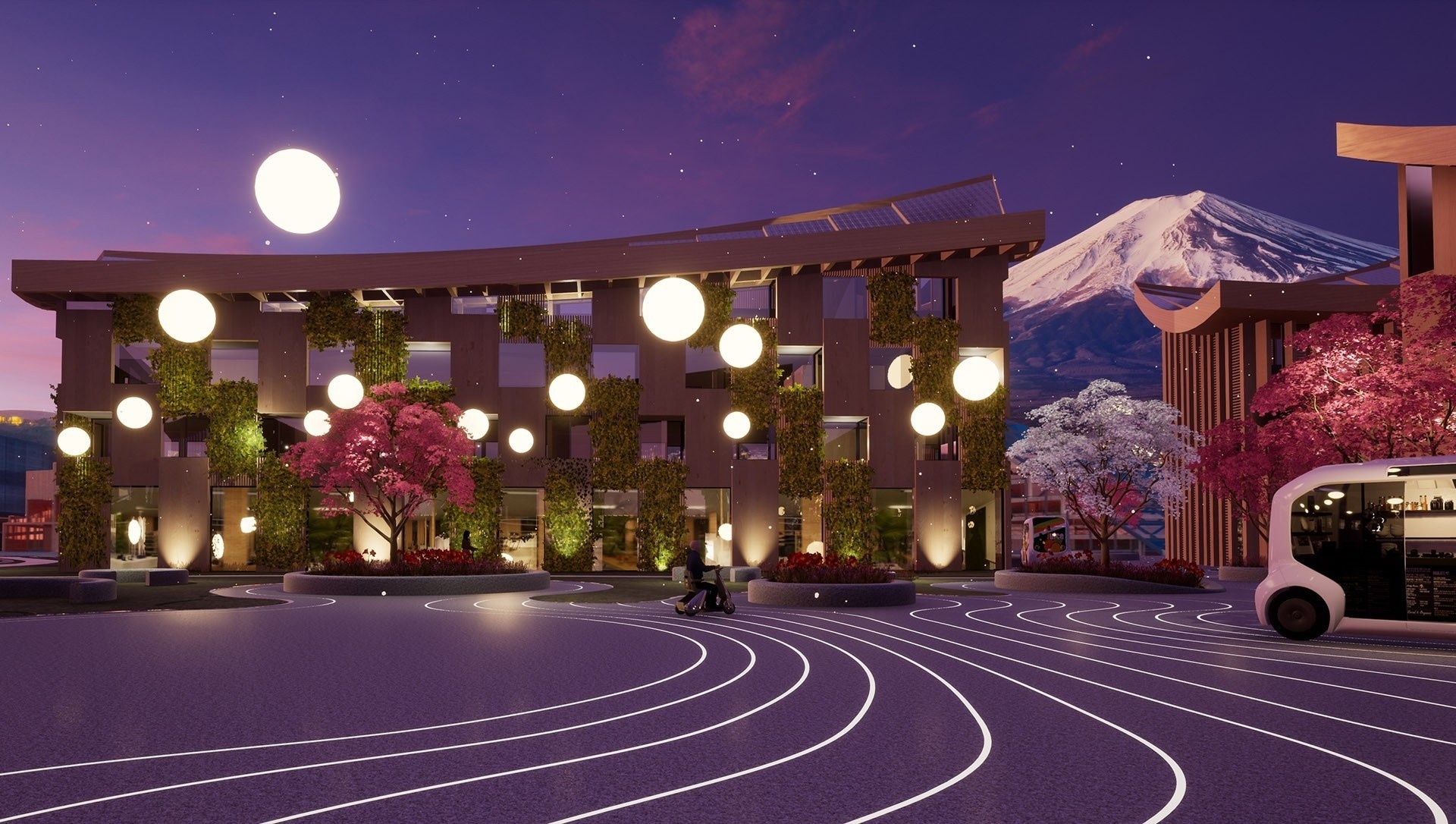
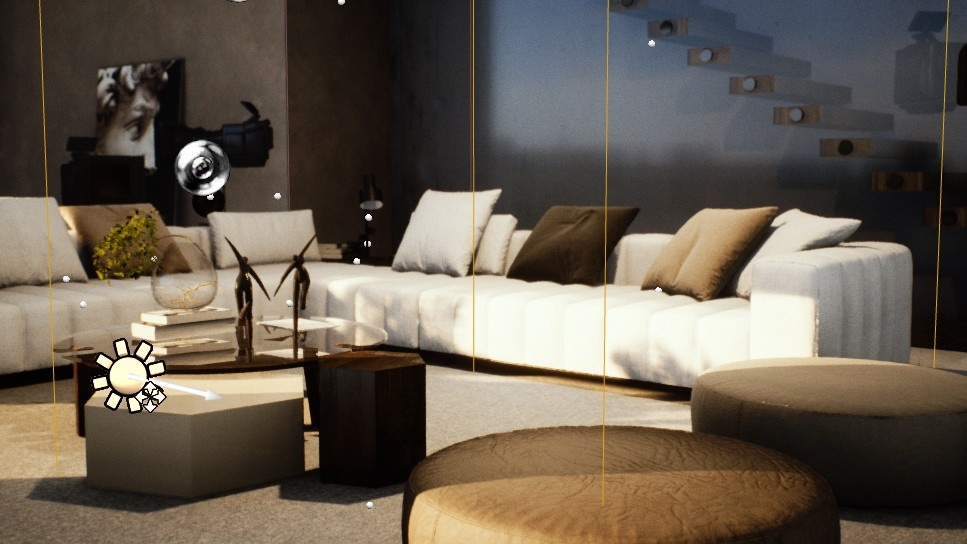
10. The separation principle
This principle kills two birds with one stone. It gives a strong sense of depth and allows instant readability.
You'll learn to think in layers, and that will help you tremendously to set your lights in the most efficient way.
Depth is an essential tool in 3D, and we’ll discuss the use of Fog, Post Process effects, and of course, lighting to achieve this.
All The Tools You Need To Light a Photorealistic Scene in Unreal
Registration are now closed
Please submit your email address to be notified when registrations open again later this year.